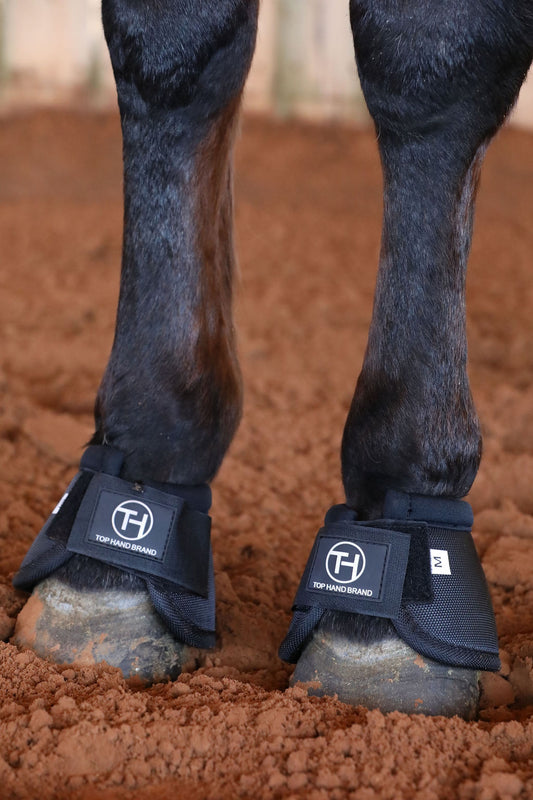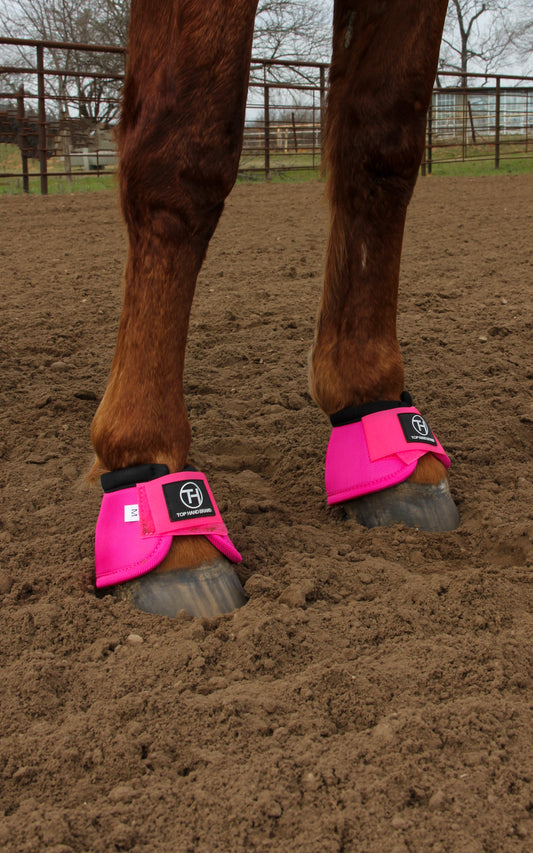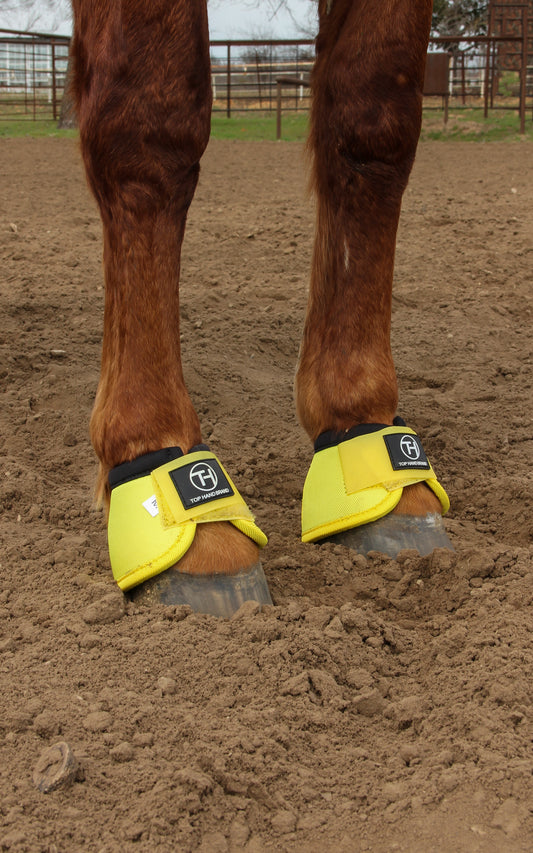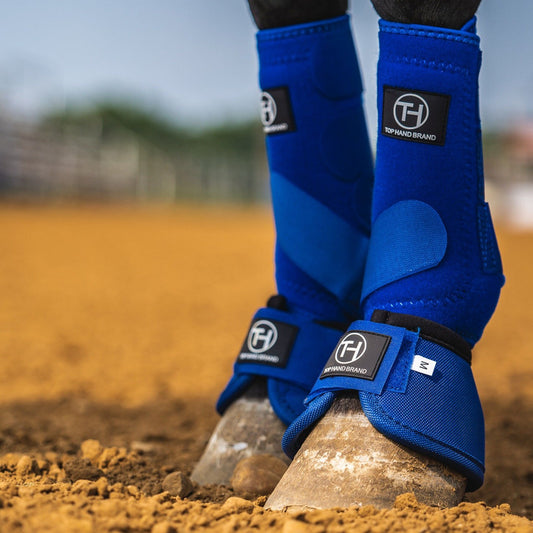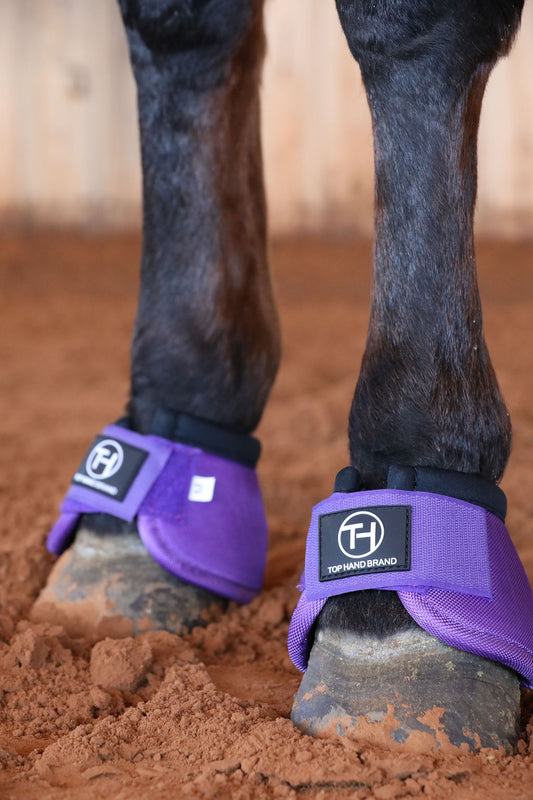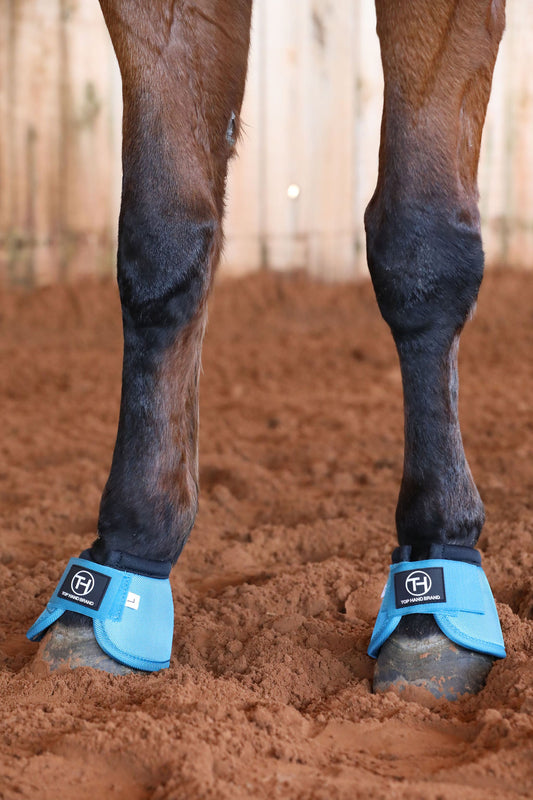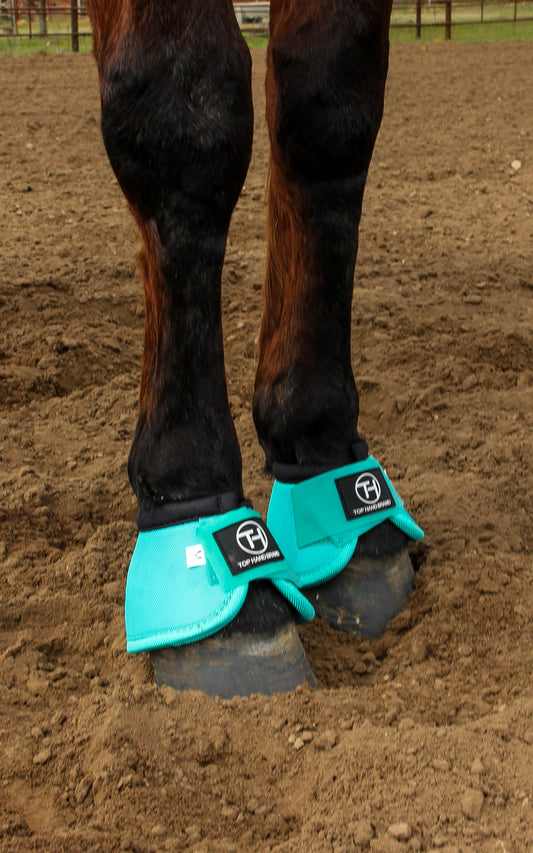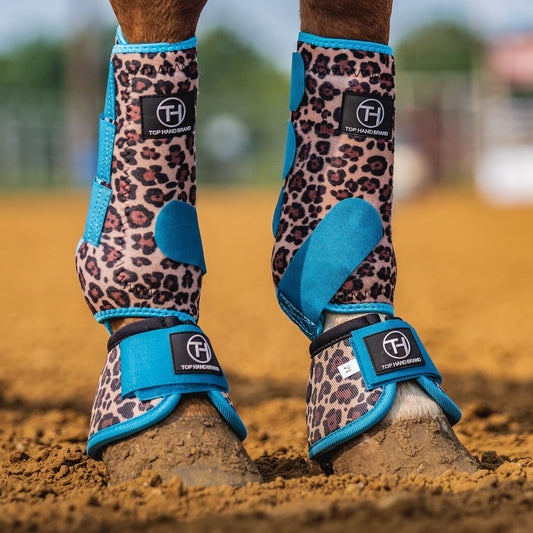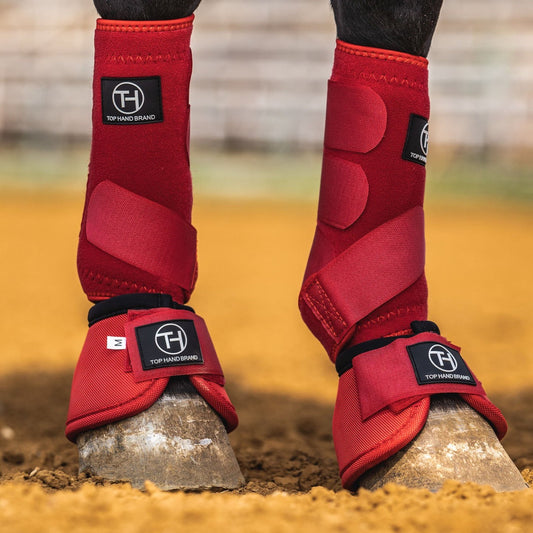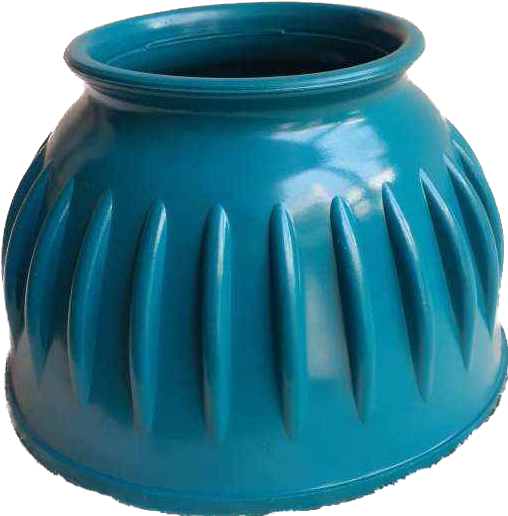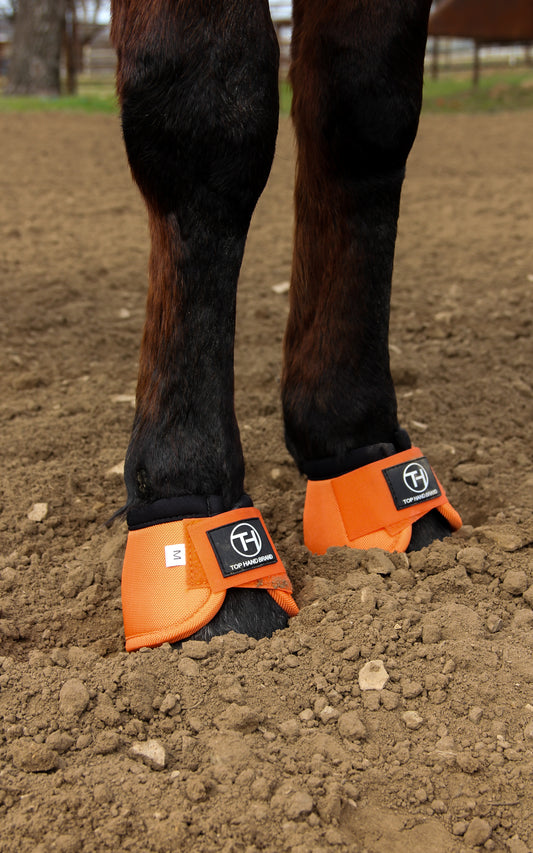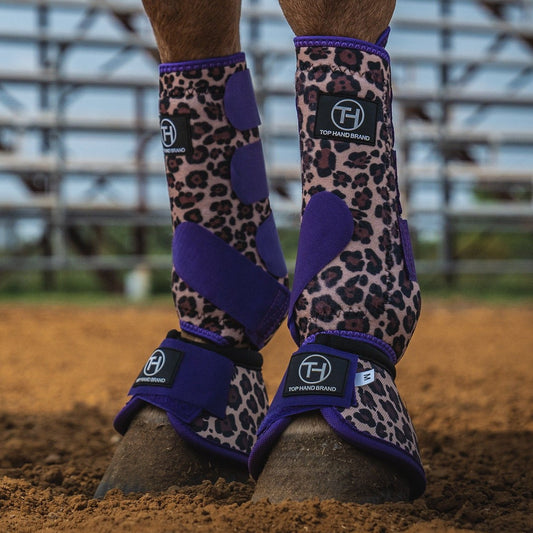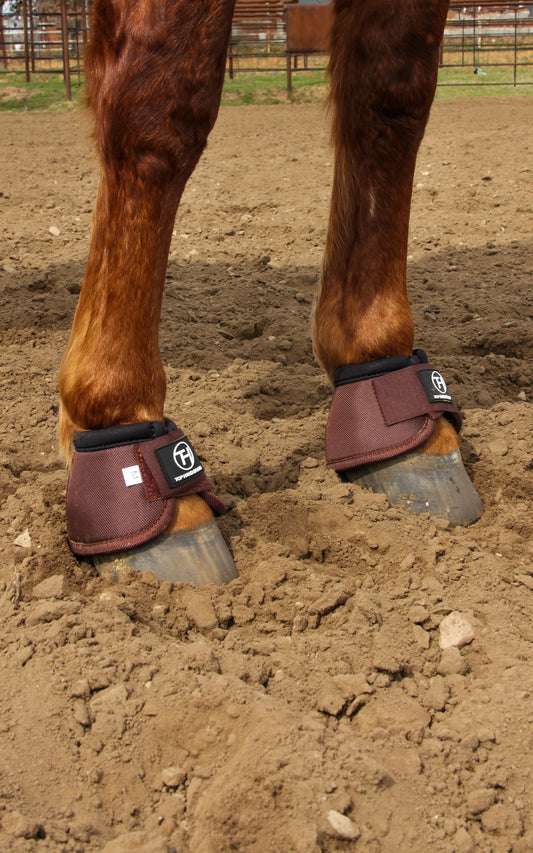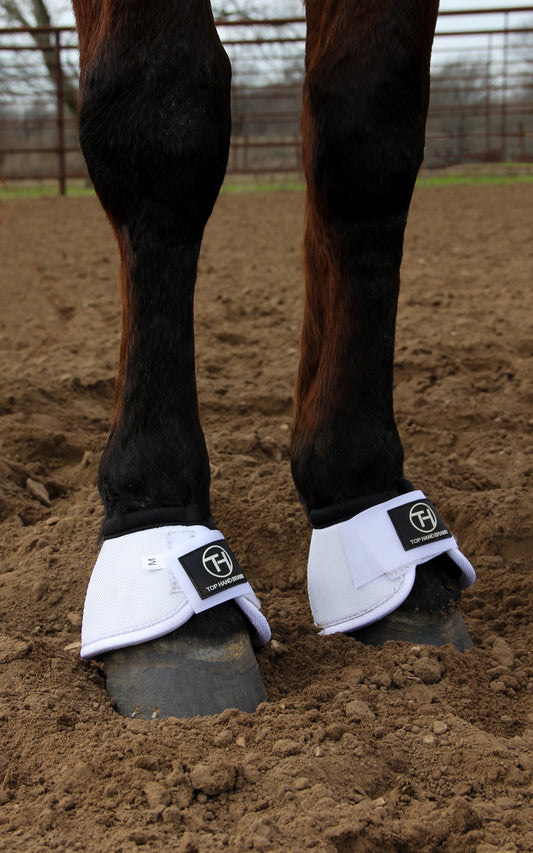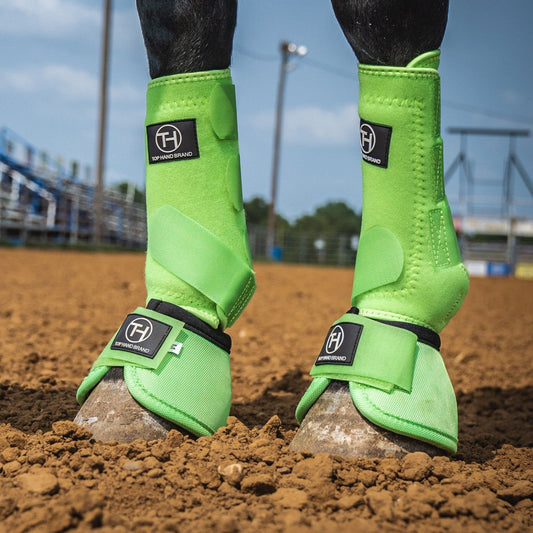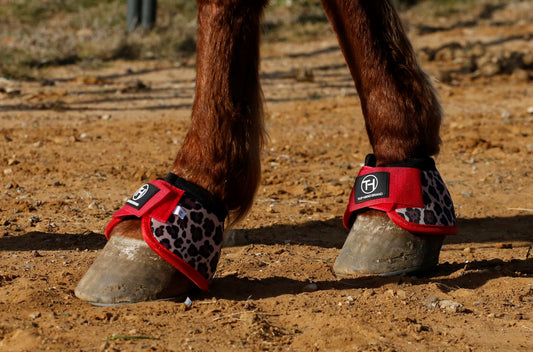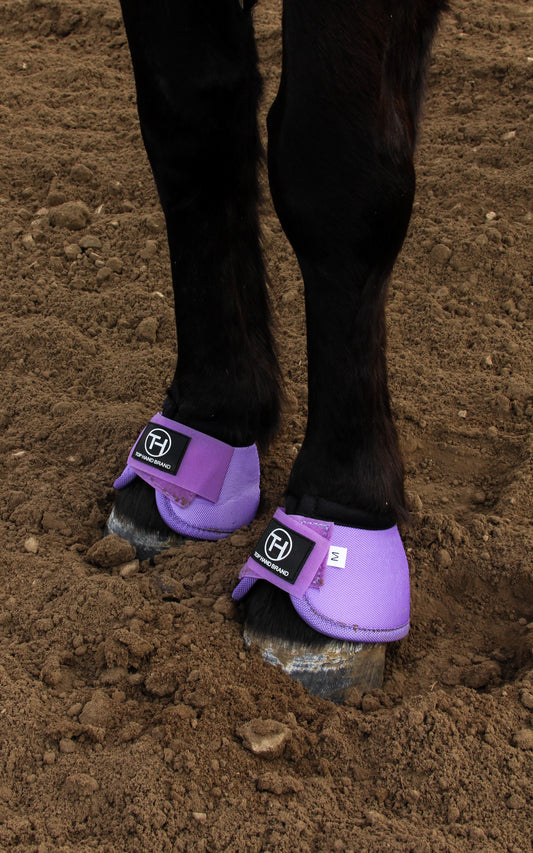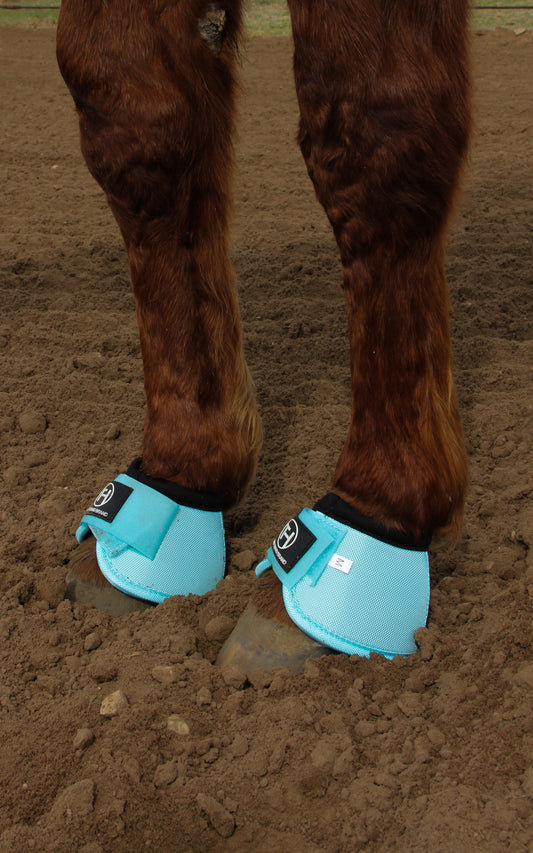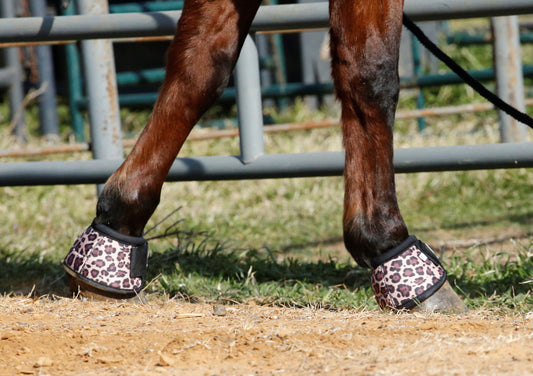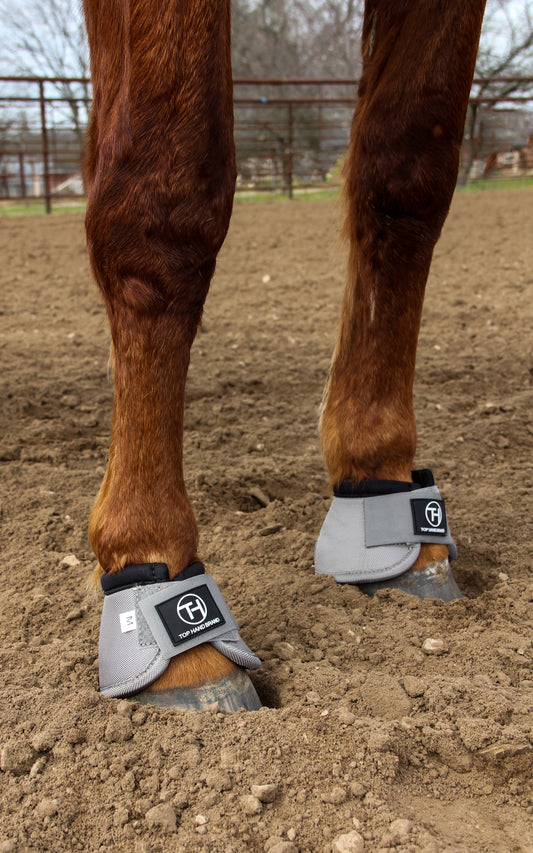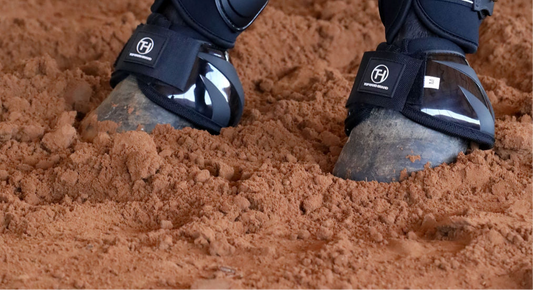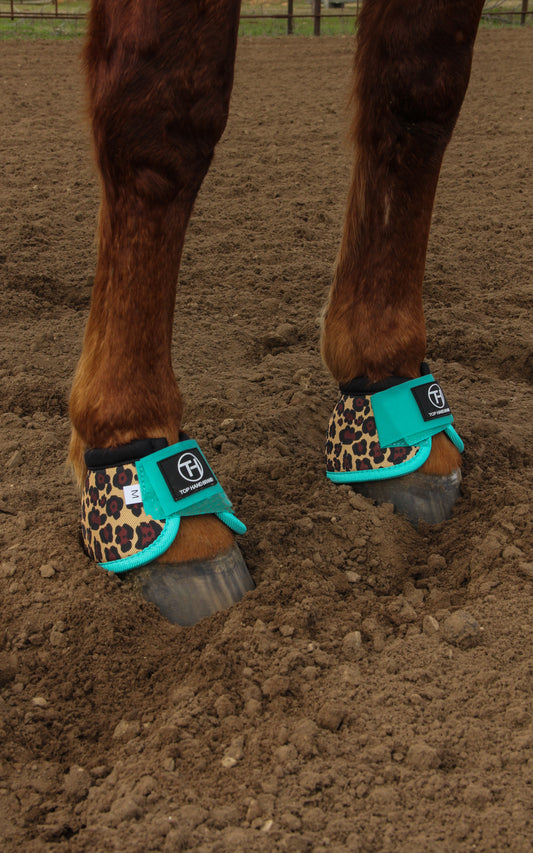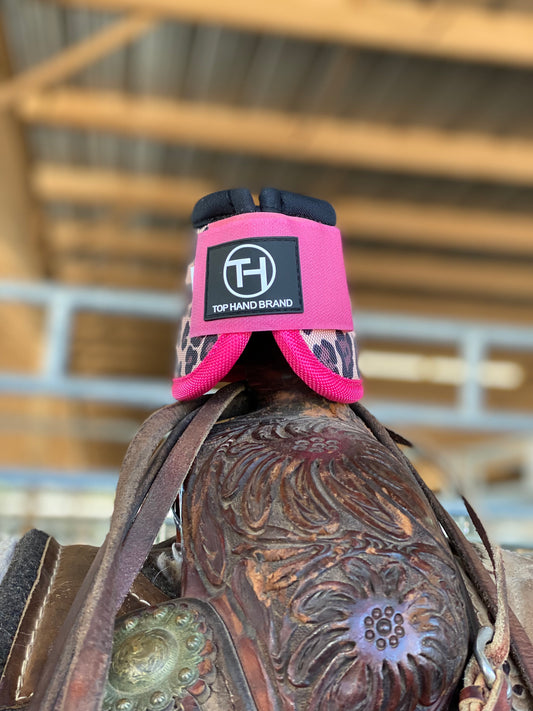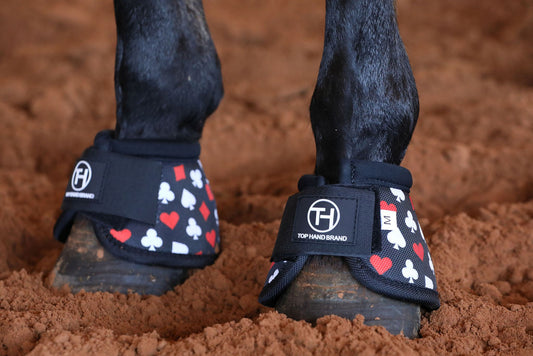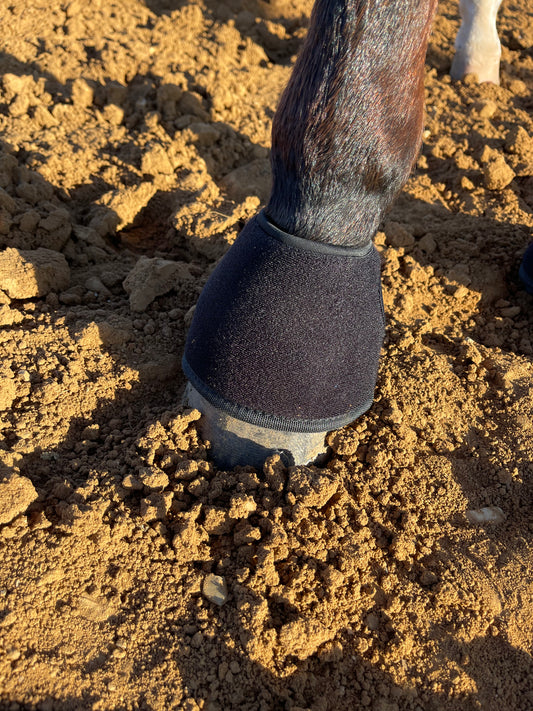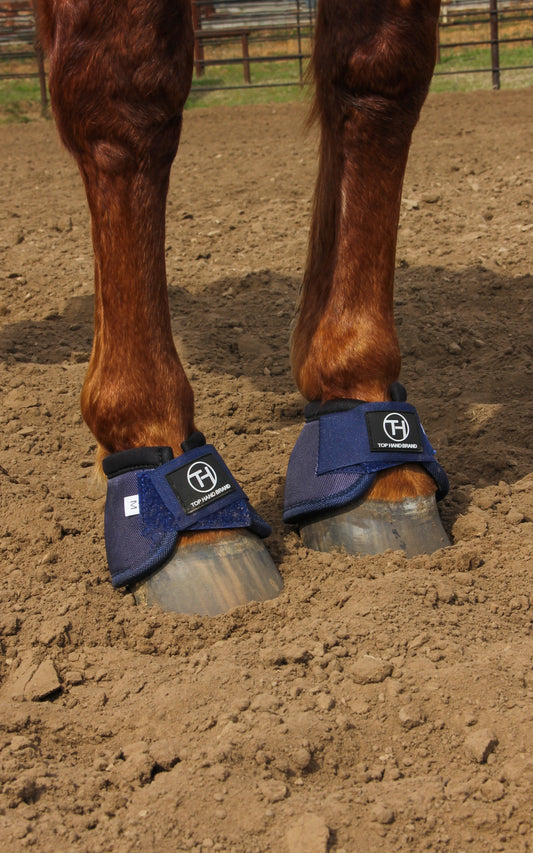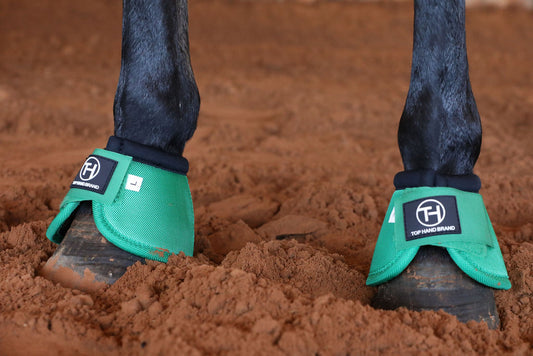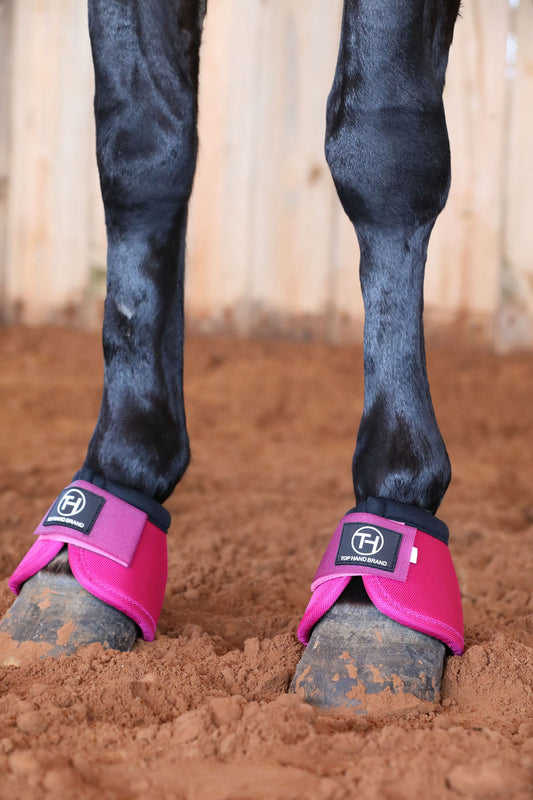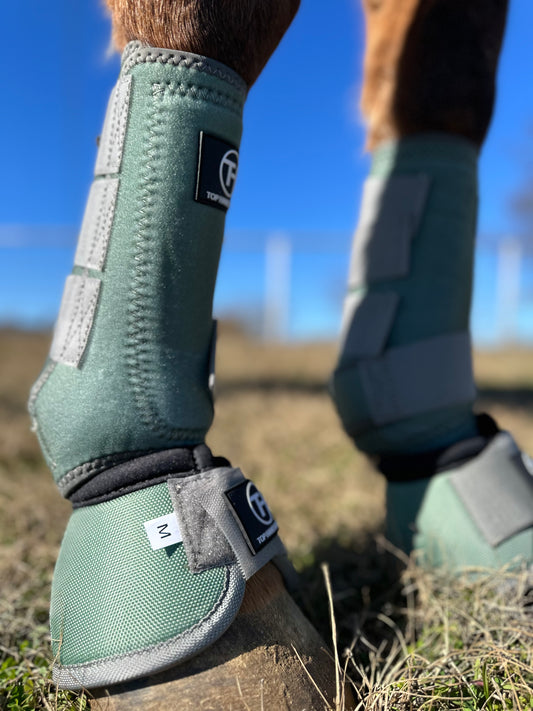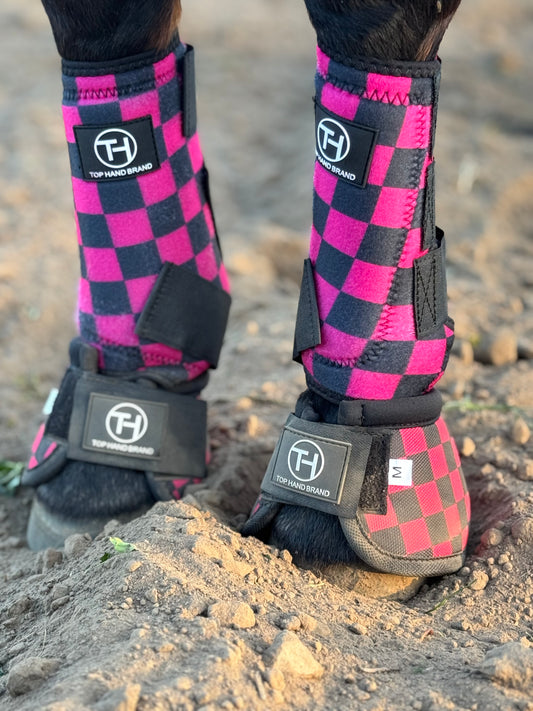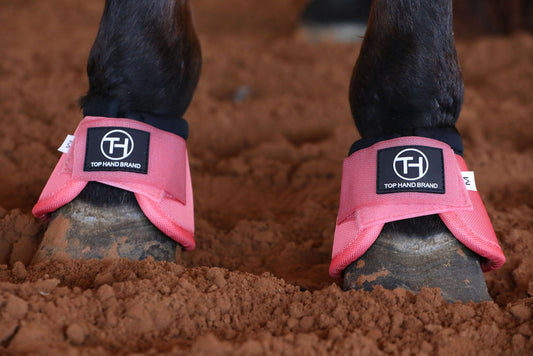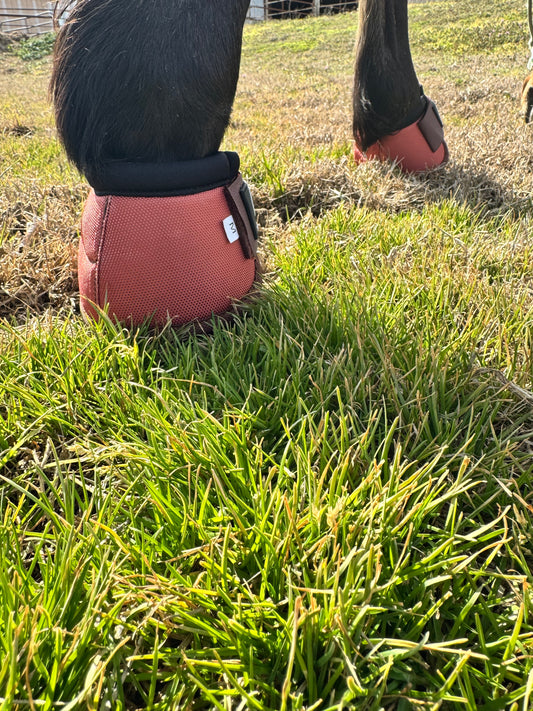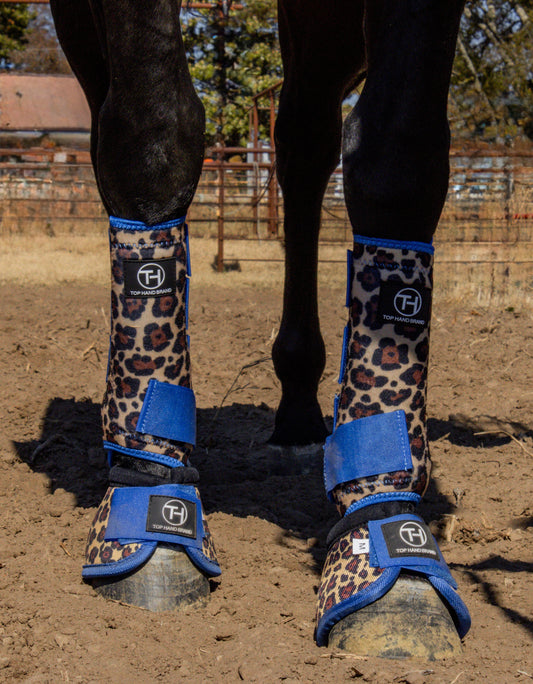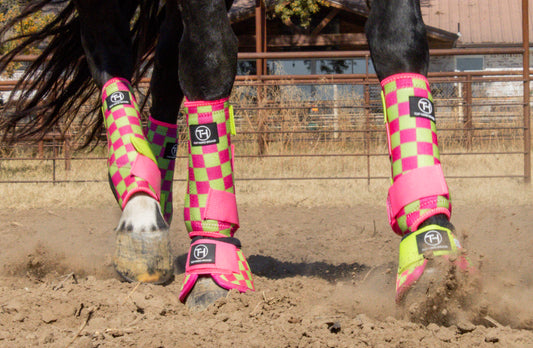Impact Protection

I founded Top Hand Brand because I saw a need for better protection and performance gear for the horses we trust with everything. Our boots are built with premium closed-cell neoprene, which not only keeps your horse’s legs cooler than traditional open-cell foam boots but also offers superior strike protection—blocking pressure up to 300 psi (roughly 21 kg/cm² or 46 lbs/in²). That means real defense against hard hits, without trapping heat. At Top Hand Brand, we’re not just making gear—we’re protecting the ones who carry us, run for us, and never quit on us.
What does 46 lbs/in² really mean?
Great question—let’s break it down simply:
46 lbs/in² (pounds per square inch) means that the material can absorb or resist 46 pounds of force pressing down on every single square inch of it.
To put it in perspective:
-
A horse's hoof during impact (like striking itself during a hard turn) can exert significant force—especially during barrel racing, roping, or reining.
-
46 lbs/in² of protection means your Top Hand Brand boots can absorb and distribute a serious hit—enough to help prevent bruises, swelling, or injury from a strike or collision during performance.
This kind of durability is what makes closed-cell neoprene ideal: it’s firm and shock-absorbing, yet flexible, and doesn’t soak up sweat or heat like open-cell foam, keeping horses’ legs cooler and safer.
But is it really that strong compared to a horse's impact?
Here's the truth:
A horse's hoof can hit with an impact force of over 1,000–2,000 lbs depending on the movement (like kicking, turning, or landing from a jump). That’s way more than 46 lbs per square inch.
But here’s the catch:
Why 46 lbs/in² (or ~300 psi) still matters:
-
That number doesn’t mean the boot will fully stop a hoof strike like armor—it means it disperses a high amount of pressure over the surface of the boot to reduce localized damage.
-
Closed-cell neoprene doesn’t collapse like foam—it absorbs and spreads out the energy, reducing the blunt trauma that could cause swelling, tendon damage, or bruising.
-
It’s significantly stronger than open-cell foam, which compresses easily and doesn’t offer much real protection beyond soft padding.
Bottom line:
No boot can totally stop a full-force hoof strike. But Top Hand Brand boots made with closed-cell neoprene:
-
Stay cooler
-
Protect better
-
Last longer
-
And help reduce the risk of injury by absorbing and dispersing strike energy more effectively than typical foam boots.
So how strong is open cell foam in comparison?
Open-cell foam—like what's used in many cheaper horse boots—is much weaker than closed-cell neoprene when it comes to impact protection.
On average:
-
Open-cell foam handles around 5–15 psi (that’s about 0.35 to 1.05 lb/in²).
-
It’s soft, breathable, and very compressible—great for cushioning, but terrible for strike protection.
-
It collapses easily under pressure and doesn’t rebound well.
Compared to:
-
Closed-cell neoprene, which can handle around 200–300 psi (about 46 lb/in² or more depending on thickness/density), and bounces back without collapsing.
What that means for you:
Top Hand Brand boots offer up to 46x more strike resistance than open-cell foam boots—and stay cooler while doing it.
